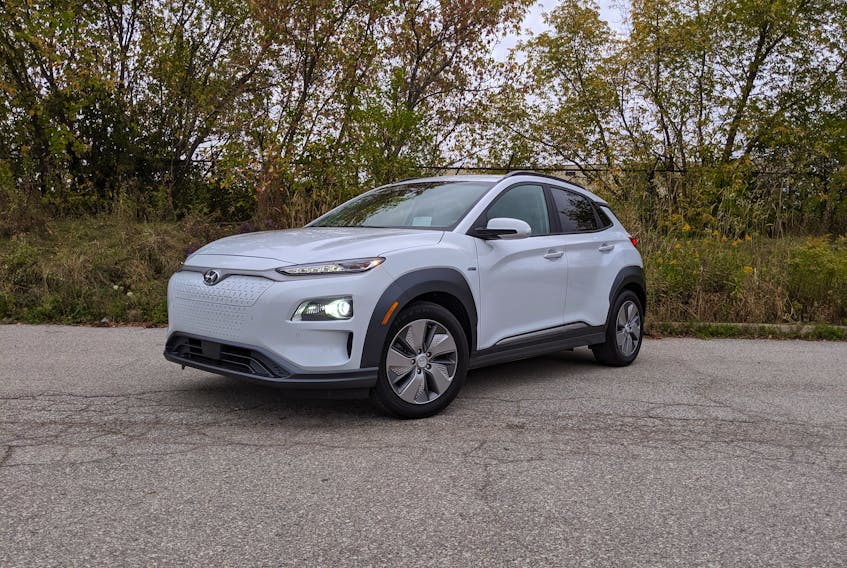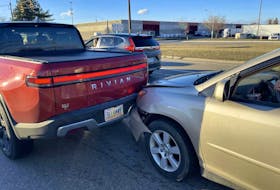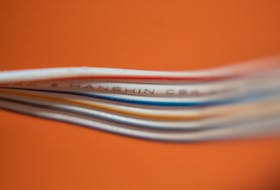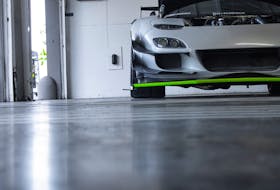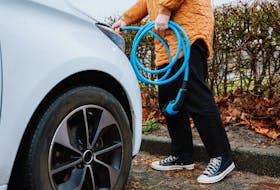The race to the best electric range is on. If money is no issue, then chances are you’ll be opting for a Tesla, currently the brand that offers the best electric range on the market. In the more affordable category, manufacturers are also playing hardball and are offering increasingly more interesting range numbers and prices.
After introducing the Ioniq hybrid and electric, Hyundai made the jump in the electric compact crossover segment by electrifying its successful Kona.
A selection of three driving modes helps improve its efficiency... or reduce it. When range is not a concern, the sport mode wakes the Kona up and gives it a more edgy personality for when you want to have some serious fun taking advantage of all the electric poneys. The eco slows the pace down and makes the regenerative braking more aggressive, perfect for those times you’re stuck in rush hour traffic.
The one thing I’ve learned from my personal experience is that range doesn’t matter as much as charging time. In the case of the Kona EV, it is estimated that you’ll get 80 per cent of a charge in roughly 30 minutes using a fast charger (440V). Eighty per cent of the battery will give you a range of about 330 km, which is still an easy-to-live-with range.
This means that for about every three hours of travel, you will need to stop about 30 minutes for a charge. All things considered, this is a perfectly acceptable compromise if you ask me since getting out of the car for a bathroom break, a sip of water, and a good session of leg stretching is likely part of any long-distance travel program anyway.

While I quite like the look of the Kona on the outside — and I’m not the only one if the number I see on the roads is any indication — I can’t say that I’m a fan of the interior. The layout itself is perfectly fine and undeniably Hyundai.
When it comes to the choice of colour scheme, however, Hyundai fell for the whole “electric vehicle” gimmick. Apparently, the interior of an electric vehicle can’t look… normal. The decision to use beiges, greys, and matte silver plastics gives what we already know to be cheaper materials an appearance of even lesser quality. Soft touches surfaces and textured materials clad in darker tones can make any hard plastic feel more premium, but the lighter scheme in the Kona isn’t as forgiving.
While the front row provides the occupants with a pleasurable experience, I’m a bit disappointed with the legroom at the back. The vehicle has a compact footprint but some competitors have found hacks to organize the space to clear a little extra room at the back.
I always sit at the back of my press cars since I rarely give rides to more than one passenger, who usually rides shotgun. At five-foot-eight, with the driver’s seat set up in my ideal position, my knees were resting against the hard plastic back of the seat. For reference, the Kona is only 20 mm longer than the Accent 5 doors. While I understand the whole “compact crossover” situation, the utility portion of it is lost a bit.

While space might not be the Kona EV’s forte, I have a soft spot for Hyundai’s electric compact crossover. In my opinion, it’s a really solid contender in the realm of electric vehicles, especially thanks to its estimated 415-km range, one of the most interesting numbers across the electric vehicle market at the moment.
Granted, at $44,999, the Kona EV isn’t exactly cheap and it sits at the top of its segment’s price range (priced $4 above the Kia Niro EV and $199 over the Chevrolet Bolt) — but it also offers the best range. Plus, provincial incentives (where available) can help make the purchase price more palatable. In the under $50k class, the 2019 Hyundai Kona EV is your champion.
The specs
Model: 2019 Hyundai Kona EV
Engine: 64 kWh Lithium-ion polymer battery, 150 kW Interior permanent magnet synchronous electric motor
Transmission: Single-speed Reduction Gear, front-wheel drive
NRCan rating (L/100km city/highway): 1.8/2.2
Length: 4,180 mm
Width: 1,800 mm (without mirrors)
Wheelbase: 2,600 mm
Weight: 1,685 kg
Price: $44,999 base, $55,947 as tested, including freight
Competition: Chevrolet Bolt, Kia Soul EV, Kia Niro EV, Nissan Leaf
Standard equipment: Heated front seats, 60/40 split fold-down rear seats with adjustable head restraint, Dual-level cargo floor with under-floor storage tray, Rearview camera, iPod/ USB and MP3 auxiliary input jacks, Bluetooth hands-free phone system, Android Auto and Apple CarPlay, AM/FM/SiriusXM/MP3 audio system with 6 speakers and 7.0" touch-screen display, Adaptive Cruise Control w/ traffic stop & go, Wheel-mounted controls, Heated steering wheel, Proximity Keyless entry w push-button ignition, Blind-Spot Collision Warning, Lane Change Assist, Rear Cross-Traffic Collision Warning, Parking Distance Warning-Reverse, Forward Collision-Avoidance Assist (FCA) w/ Pedestrian Detection, Driver Attention Warning
RELATED:

